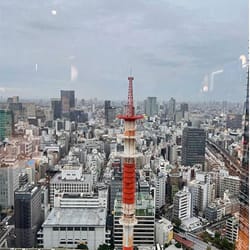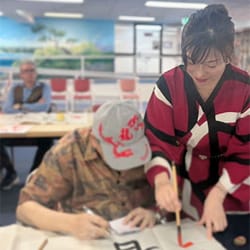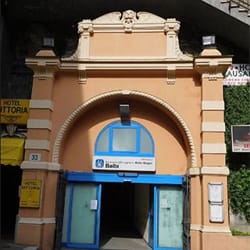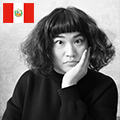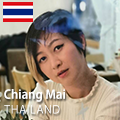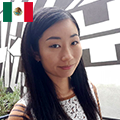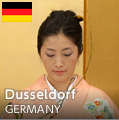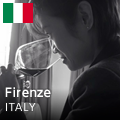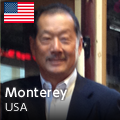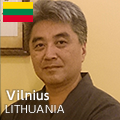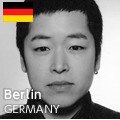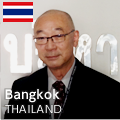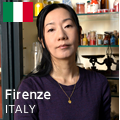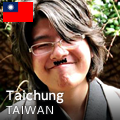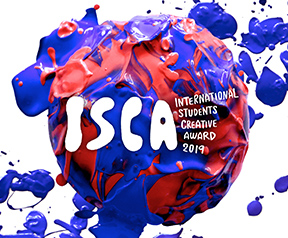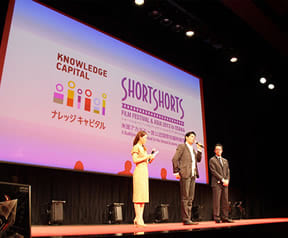
The supplementary Japanese schools in foreign countries have changed significantly since they were founded. One of the most marked shifts has been in the type of students who go there.
Statistics from the Japanese Ministry of Foreign Affairs (MOFA) indicate that the number of citizens living abroad has been increasing in recent years. The total was around 60,000 between 2009 and 2012, jumped to over 70,000 in 2013, and then rose again to over 80,000 in 2017. With more Japanese people living abroad, this naturally means more Japanese children living abroad as well. A MOFA study found that the number of Japanese children under 18 living overseas was around 240,000. The number of children attending overseas Japanese schools has gone up along with these numbers. There were only 22 of these schools globally when they started popping up in the early 1970s, but that number had shot up to 228 by 2019. Seventy-two of them are in Europe, and one of those is in Lisbon.
The schools were originally established to give Japanese children the language skills they would need once they “returned to Japan”—meaning that they were designed to educate the children of Japanese expats intending to repatriate. Today, however, you see children from all kinds of different families—expats, permanent residents, mixed-heritage families, and more. In other words, the children who go to Japanese schools will not necessarily “return” to Japan. A report from the Japanese Ministry of Education, Culture, Sports, Science and Technology indicated that some 44.8% of children attending Japanese schools abroad are from mixed-heritage families where one or both parents are foreign nationals. In the past, most of the kids were from families where the parents had traveled overseas for work, but this has changed in recent years to include children who were born overseas and have never lived in Japan, as well as those with other educational backgrounds or family circumstances.
Twenty-plus years ago, the Japanese school in Lisbon did not actively encourage mixed-heritage children to attend. Sometimes they denied them admission due to a lack of Japanese ability. If they did get in, the other parents apparently continued to make unpleasant remarks about it. The mixed-heritage children had to work hard to catch up to their expat peers, and they of course couldn’t do that without support at home. It’s typical in Portugal for both parents to work, making it difficult for families to use their limited free time to teach their kids to read and write Japanese. A lot of them dropped out as a result, unable to keep up with their studies.
The 2009 financial crisis in Greece spotlighted Portugal’s financial debt as well, causing Japanese companies to gradually pull out of the country. With fewer expats working in Lisbon, enrollment at its Japanese school dropped sharply as well. Amidst rumors of its impending collapse, my daughter (whose father is Spanish) was welcomed with open arms. Since then, the number of mixed-heritage children like her has steadily increased, and more than half of the children enrolled today were born outside of Japan—multilingual kids with Portuguese, English, or something else as their first language rather than Japanese.
Today, many of the world’s Japanese schools have apparently split their classes into “Japanese” and “International” departments to accommodate the diversity of their student base. It’s more effective to group non-native Japanese speakers by language ability rather than grade level, though personally I think that the kids need to learn together instead of separately. For me, that’s the real benefit of an international school.
One good thing about the Lisbon school is that they put the kids in the same environment to learn together and build friendships. Learning Japanese together and being able to establish ties to Japan while living in Portugal fosters valuable connections. As we become a global society, I think that having classes where kids can experience different family and language environments, study Japanese language and culture together though their linguistic abilities may be different, and work together as they grow is the key to raising global citizens. The kids at the Escola Japonesa em Lisboa have an advantage in that they come from all kinds of linguistic and cultural backgrounds, with a variety of experiences and the ability to speak languages in addition to Japanese.
For this reason, Japanese schools no longer aim to mimic the Japanese school system as they did in the past, but instead focus on creating a shared experience that keeps people connected to Japan. They also try to use the diversity of their student base as a springboard for creating shared learning opportunities. With cultural differences and different ways of thinking driving a lot of the fighting that goes on in the world, it’s important to raise individuals who are surrounded by friends from various backgrounds and who can appreciate different ways of thinking. I am convinced that diverse value systems will be a major source of strength as we head into a global age.




The 50th-anniversary event (held a year later) at the Escola Japonesa em Lisboa was jointly sponsored by the Embassy of Japan in Portugal and the Fundación Japón Madrid, where I made a keynote speech as a representative of the students and parents. It was a wonderful opportunity for me to think more about education and the school. If anything, I can be a little too passionate about the Japanese School in Lisbon, and preparing my speech triggered a flood of thoughts that I couldn’t possibly convey in the ten-minute timeframe. There is so much I want to say, so once I get those thoughts organized, I’d like to post about them more here.













